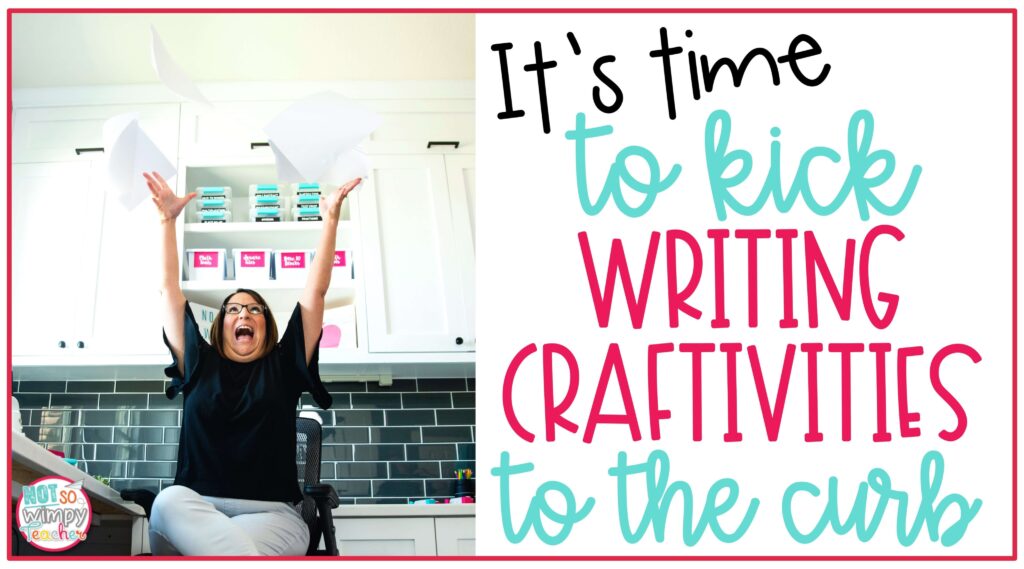
When I first started teaching, I had no idea how to teach writing. Literally no idea.
I also had no idea how to decorate the large bulletin board outside my classroom. Each month I was expected to have a new display of student writing and art. And that seemed like a lot of work. #amiright?
Writing Craftivities to the Rescue?
So, I did what many teachers do . . . I decided to attack both problems at once and selected a series of writing craftivities to “teach writing.” This made my writing lessons “easy” and ensured I always had a ready supply of cute projects for my bulletin board.
But it didn’t take long for me to realize that writing craftivities are more about looking cute than they are about teaching writing. You know the cutesy writing projects I’m talking about, right? These activities have a simple writing prompt to accompany a cute craft project. Many holiday-themed writing projects fall into this category, like “My Favorite Monster” or “Diary of an Elf.”
There are advantages to this approach. All the kids are working on the same project at the same time. You can pick out a new prompt for each month. Teachers maintain a lot of control over the actual writing process. And you’ve got cute bulletin boards to show off. 😉
Over time, however, I realized that these craftivities weren’t really teaching my students anything about writing. And they were giving me a giant headache.

Too Much Teacher Stress
Each month I scoured Pinterest and TpT looking for the perfect seasonal writing prompt. I spent way too much time, not to mention money, planning my writing lessons.
Each new project meant tons of prep. Hunting for the right colors of construction paper and hours spent at the copier photocopying all those craft pieces. Sometimes I cut out all the little pieces in advance and gathered them together with paper clips.
All that work was before I even got my students involved. I really began to dread “writing” time. No matter how clear my directions were and how much I tried to keep everyone organized, students were always making mistakes with their cutting or gluing or losing pieces of the activity (as 8-year-olds are apt to do). I think we spent more time cutting and managing little bits of paper than we did working on ledes, practicing transitions, adding details, or thinking about word choice.
And just when I thought we were finally finished, someone would inevitably glue their paper on upside down and have to start all over. Sigh.
Craftivities: Writing Prompts in Disguise
Even when we did get around to writing, I was telling my students exactly what to write. Whenever we use a project or prompt, we not only dictate the topic of the writing, but also how to complete the assignment.
I used to spend a lot of time brainstorming craftivities as a class. What details can we include in our writing? How can we write a good introduction? What transition words should we use? What is a good concluding sentence? I posted anchor charts around the room so kids could easily include our ideas in their writing.
Not surprisingly, many students copied my words down verbatim.
I would tell them exactly how many sentences they needed in their paragraph. And even provide sentence starters. I was putting this writing on the bulletin board for everyone to see. I wanted, scratch that, needed, it to look good.
All that guidance might have resulted in writing pieces that I was proud to hang in the hall. But it wasn’t teaching my students anything about how to write and revise on their own. What I was really doing was guiding them on how to complete one particular assignment. I wasn’t teaching them how to be independent writers.
And all my guidance resulted in 25 projects that were virtually identical. That’s not how writing should be. True writing assignments should be as unique and individual as the students drafting them.

Students Aren’t Invested in Craftivities
Because I was taking so much control of the project, the students didn’t really care about their writing at all. They weren’t invested because it wasn’t their work. They were just following directions. Rather than a creative pursuit, completing the craftivity became akin to filling in the blanks on a worksheet.
When we give students projects and prompts, we are telling them what to write about. Being assigned writing topics decreases students’ love of writing. No one, including children, enjoys being told what to write about. It is much more exciting and motivating to write about something that matters to you.
When students are invested in what they are writing about, they want to do their best. They are willing to spend time writing, revising, and editing because they are proud of their work. As students learn to love writing, they want to improve their writing skills. They may even ask you for more time to write.
Authentic writing tasks are more meaningful to students. They are the ones that really help develop writing skills. If you want your students to love writing, make sure the majority of your writing time is devoted to writing assignments that give students the freedom to choose a topic they are passionate about.
And don’t worry. An occasional holiday craftivity is fine every once in a while. My Christmas Poet Tree Figurative Language Craftivity is a great example of a cute writing project to use during the holidays.
The good news is that when you abandon the craftivities in favor of authentic writing assignments, your life gets easier too. You’ll save a ton of prep and planning time and avoid those paper management headaches. I think that’s something we can all get behind.
What to Teach in Writing
If you are ready to kick the writing craftivities to the curb but you aren’t sure what you should be teaching in writing, I’ve got great news. My What To Teach in Writing Guide has you covered. It gives you a variety of mini lesson topics for four genres of writing: personal narrative, informational report, opinion essay, and fiction narrative. There are more than enough lesson ideas to give you some great alternatives to writing craftivities.
Work With Me
I created the Not So Wimpy Writing Masterclass, an online professional development course specifically for teachers in grades 2-5. The tips and strategies inside the course will help you ditch the overwhelm and become a more confident writing teacher who inspires students and transforms them into kids who love to write.
When you enroll in the Masterclass, you’ll learn tried and true strategies for how to teach writing, including how to:
- Teach writing in units
- Create manageable mini-lessons
- Keep students on task during independent writing time
- Implement a successful writing workshop without chaos and confusion
- Transform ALL your students into eager and excited writers who have the skills needed to perform well on standardized tests
This course will make teaching writing easier, more effective, and a heck of a lot more fun! And this professional development is easy! The course is completely online and self-paced. So you are in complete control of your schedule.
The Not So Wimpy Writing Masterclass is currently closed. Be sure to sign up for the Waitlist so you will be the first to know when we open it again. Sign up now so you don’t miss out!
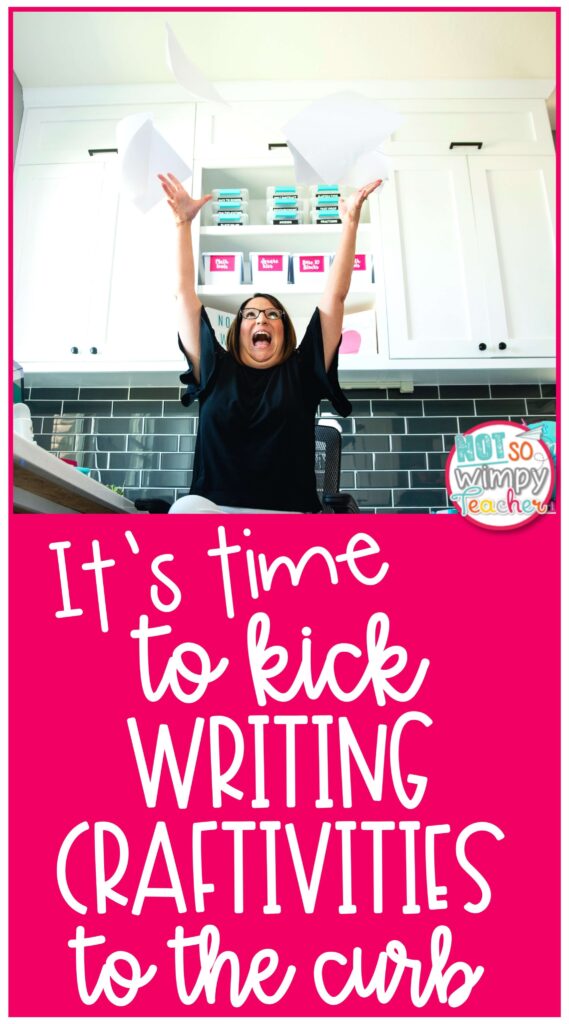
Have a Not So Wimpy Day,


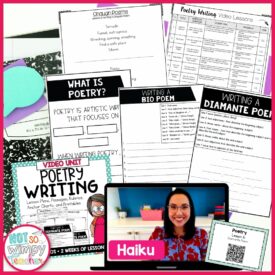


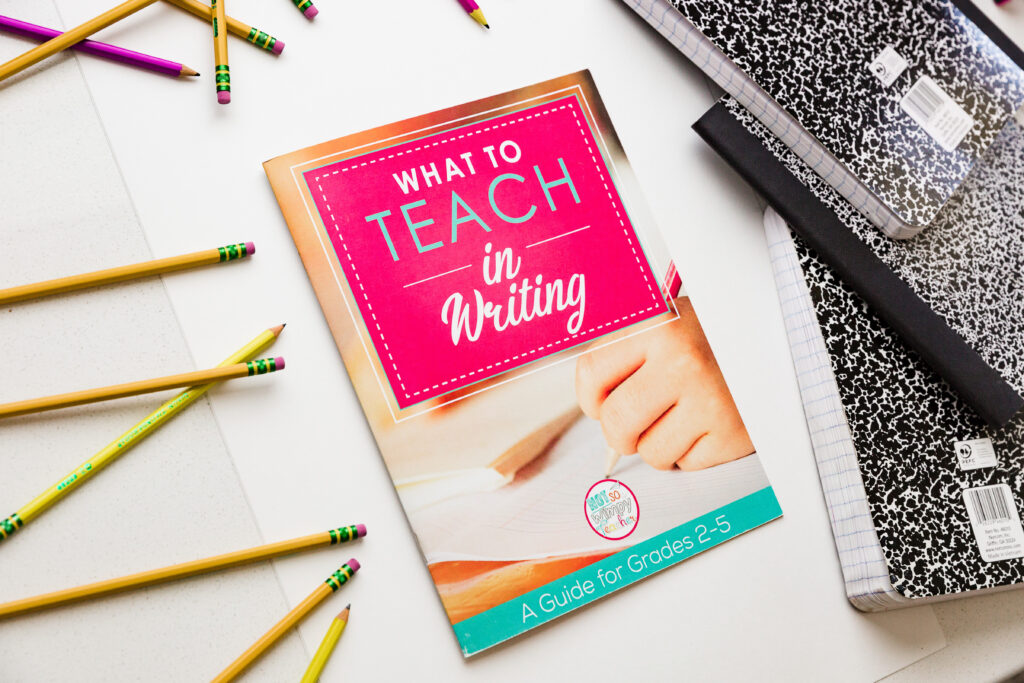

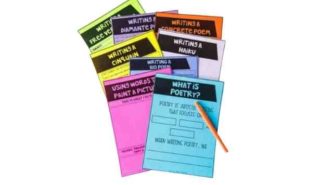
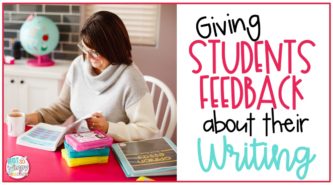
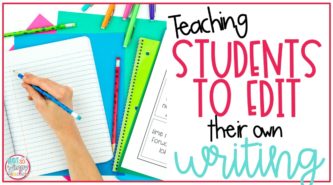











 End of Year Carnival Week for grades 2-5!
End of Year Carnival Week for grades 2-5!
Congratulations on your exciting new announcement!
Congratulations on this exciting news!
Congratulations!!
New babies are such a blessing!!
CONGRATULATIONS!!
I would love a writing guide for 1st grade.
Wow Jamie, Hope you have enough room!! Congrats on the new addition!!
Congratulations on the new baby
so happy for you! Congratulations!
Congratulations on the new addition coming to your family. What an exciting time.
What a blessing, congratulations!